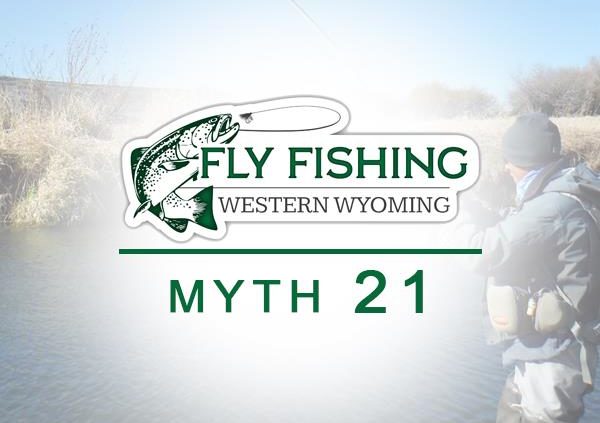Beads and Lead
Beads and Lead
The myth says that you need beads and tons of lead to get flies down to where fish are. I believe this myth began because, during periods when there is no hatch, fish tend to lie near the bottom and conserve energy. The lead or bead built into a fly does make it more convenient to get down to the fish.
In my view, there are at least a few problems with the above analysis. First, wherever there is a hatch, fish are eating rising nymphs or emergers anywhere in the water column. Second, even during times with no hatch, especially during low water periods of August and the fall, fish are looking to the surface for terrestrials. Third, lead and beads built into flies tend to make them act less natural than the real thing. A bead causes the fly to float nose down and both turns of lead and/or a bead, reduce the fly’s natural drift when in the microcurrents around obstructions near the bottom. Forth, pre-weighted flies offer fewer opportunities to adjust where in the water column they are floating. Fifth, gold or silver beads will scare spooky fish.
It is true that there are times when you need to be very close to the bottom – or even on the bottom. Even then, I find using split shot to get un-weighted flies to the bottom works better than using weighted flies. (Besides, I don’t need to worry about what flies have weight and which don’t. Other than a few beaded “attractor” flies, all of my flies are unweighted.) They simply move more realistically, and I can add split shot to adjust the depth of the drift. I will use a gold or silver bead on occasion in a 2-fly rig simply as an attractor and get my other fly down. (See diagrams.) And, I will use barbell eyes on clouser like patterns to get the hook to ride up. If getting to the bottom is important, then you need to put your split shot close to your flies. Those of you who fish with me will recall that my split shot is very close to my flies.
I don’t believe the typical rigging with split shot 18” away from the fly works too well. This introduces too much slack and delays the detection of a strike. I want a straight line from the flies to my indicator. This is why I use a downstream presentation and minimal weight. My flies get to the bottom fast and the indicator is directly above it – all in a straight line to my indicator. At the same time, I can use less weight because the indicator is not dragging the flies towards the surface as it does during the upstream presentation. As a result, my bottom fly is exactly the depth of water below the indicator. Much less slack in the system.
I also will tie my tippet to the leader with a blood or surgeons knot and put my little fly on one of the tag ends. Then tie another tippet on below, where I tie on a heavier or larger fly on the tag end of another knot. The last piece of tippet holds my lead. This system keeps the weight on the very bottom and is especially effective when you are snagging the bottom. This way you lose the weight, not the fly.
Conclusions: How we use weight, and how we present a nymph rig will often be the difference between success and failure. There are lots of things to consider when rigging for nymph fishing. Using the same set up for every situation is less than optimal. I have outlined only the basic concepts. The diameter of the tippets, the placement of weight, and much more are all factors in success.




Leave a Reply
Want to join the discussion?Feel free to contribute!